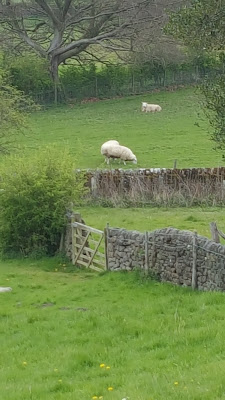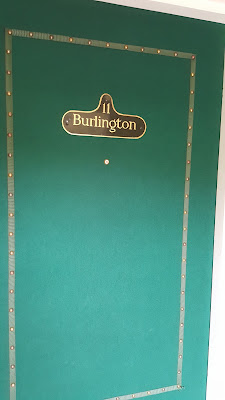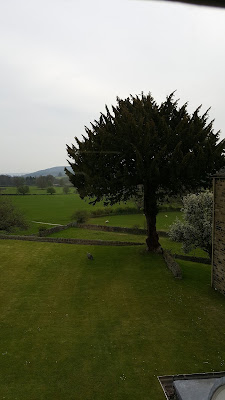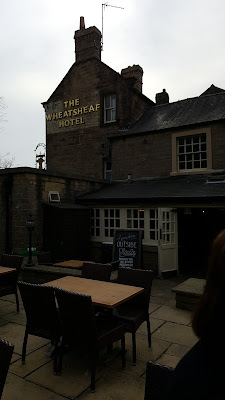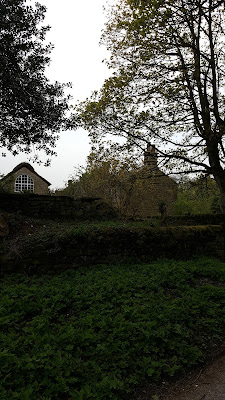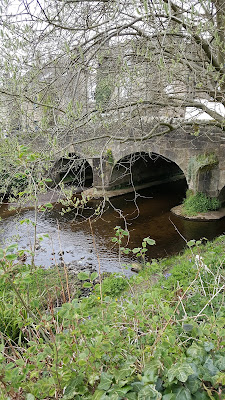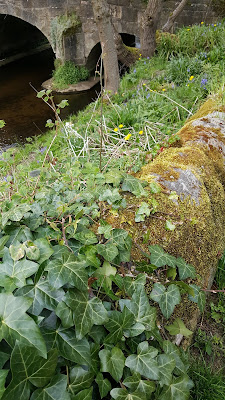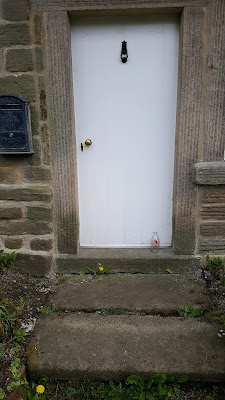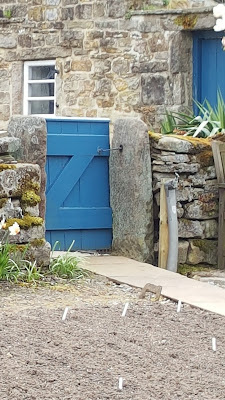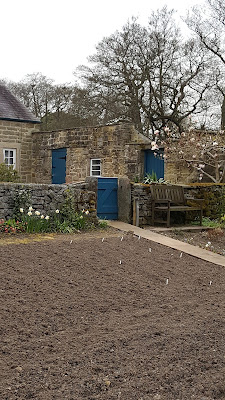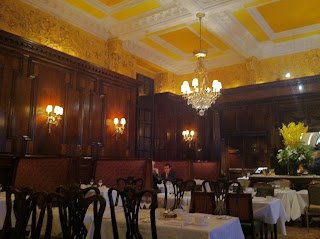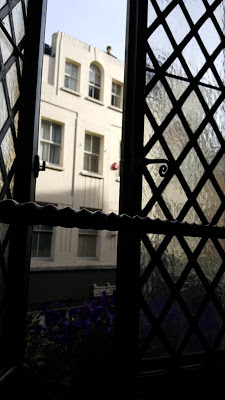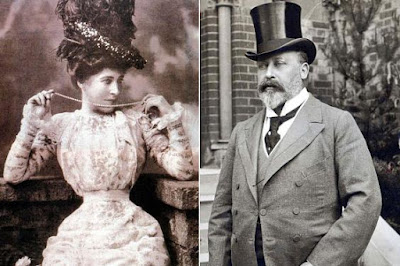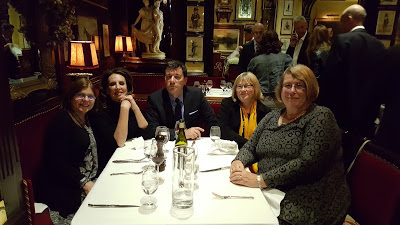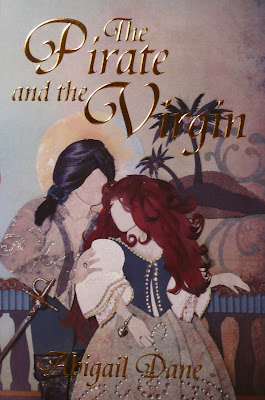From Victoria: Abigail Dane has undertaken an ambitious project, a trilogy, of which the first book is now available. Welcome, Abigail!
Author Abigail Dane
My books are set during the English Civil War. I have immersed myself in the history of the period, and I can make the case that this conflict changed England forever and set the stage for all that followed—in England and in the colonies of the Indies and America, as well. In brief, as much as Henry VIII’s war against Catholicism and as much as Luther’s calls for reformation of the church, Charles’ claims of “the divine right of kings” and Cromwell’s radical Puritanism forged the times, creating the spurt in colonization of the New World and fueling calls for religious freedom and independence that followed. Basically, WITHOUT THIS, NEVER THAT.
The Battle of Worcester (September 3, 1651) ended the third phase of the long and costly English Civil War conflict (1642-1651). The exiled Charles II (then the crowned King of Scotland and son of the beheaded Charles I) invaded England with 16,000 troops, mostly Scotsmen. They originally intended to storm London and retake the throne, but Cromwell learned of the invasion and sent a superior troop (2:1) to meet them. The armies met at Worcester and the fight ended with a mere 200 of Cromwell’s troops dead, compared to 3,000 dead and 10,000 taken prisoner from Charles’ forces. In the aftermath, Cromwell spent six frantic weeks scouring the countryside for the fugitive king, and Charles spent six perilous weeks evading capture in a bid to make his way to France.
I believe the following paragraph, from the “Prologue” of my first novel in the series, The Pirate and the Virgin, captures the spirit of the conflict between Charles I and Cromwell:
To the bloody end in 1649, Charles held to his claim of divine appointment and divine right to rule as he willed. No need to consult Parliament or the people since he, the Sovereign appointed by God, was responsible only to God for his actions. Charles’ stubbornness about this was outmatched only by Cromwell’s implacable belief that kings served the people and, thus, served at the will of the people. In the end, the king submitted to the axe rather than concede his principles, and Cromwell laid the king to the axe rather than concede his.
Battle of Worcester and its Aftermath
Part 1 of 3
The people in the neighborhood appeared so ignorant and careless at Worcester that I was provoked and asked “And do Englishmen so soon forget the ground where liberty was fought for?” Tell your neighbors and your children that this is holy ground, much holier than that on which your churches stand. All England should come in pilgrimage to this hill, once a year. —John Adams, April 1786
This admonition was written by John Adams on the occasion of his visit, in company of Thomas Jefferson, to Fort Royal Hill—scene of the Battle of Worcester, which ended the English Civil War. Adams was deeply moved by the place, and deeply disappointed that locals knew so little about the battle and its significance. If Adams’ words sound a bit like a lecture, that may be because he intended them to be just that. One assumes he might have been thinking of the recently-concluded American Revolution, which ended at another bit of “holy ground” and pilgrimage site: namely Yorktown, scene of Cornwallis’ surrender to the Americans on October 19, 1781.
The Second English Civil War—or perhaps more accurately the second phase of the English Civil War—ended with the execution of King Charles I at Whitehall, London, on a cold and blustery January 30th 1649. Two years later, on September 3rd, 1651, the third and final phase of this “war without an enemy” ended when Cromwell’s army routed Charles II and his forces at Fort Royal Hill in Worcester.
The Battle of Worcester, 3 September 1651
by Thomas Woodward (1801-1852)
Worcester City Museum
Charles, while in exile as King of Scotland, had rounded up a force of 16,000 men—mostly Scots—and raced toward London to retake the British throne. His had army trekked 150 miles in a week, finally earning a bit of rest on August 8th. Charles had decided against a direct march on London, instead detouring to the Severn Valley in hopes of recruiting greater numbers for his army from this area where support for his father had been so strong. Perhaps because his was mostly a foreign army, and likely because peo
ple were simply tired of war after so long, the level of support fell far short of his expectations. Pressing on despite this, Charles II arrived in Worcester on August 22nd, prepared for battle after five days of rest.
That delay would prove fatal.
Abigail Dane’s post continues next week.







